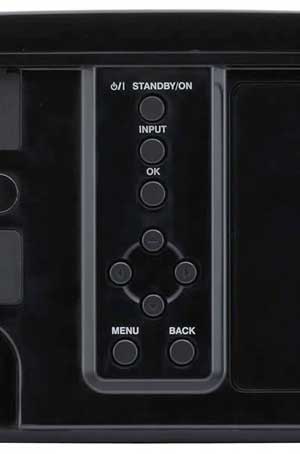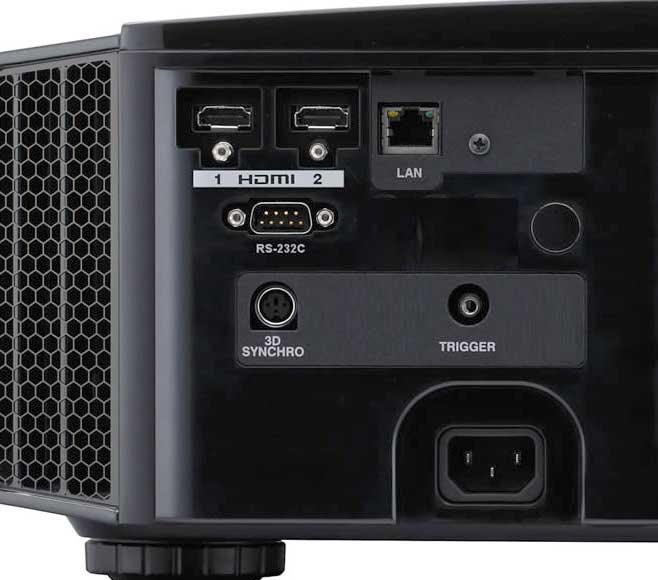
Of course, almost all home theater projectors support 3D, but the quality of the 3D processing, and projector brightness impact the end result.

Beyond that, how good a projector’s image processing is will affect how much perceived improvement in detail you see.

#Best 3d glasses jvc rs400 movie
Basically that chip will have resolution half way between JVCs and a true 4K (all the true 4K projectors are Sony models (except when you get up to movie theater projectors, but that’s a whole different world.īottom line – pixel shifting creates a more detailed image, but pixel size remains large. More are coming, TI (Texas Instruments), manufacturer of all DLP chips for those projectors is launching a pixel shifting 4 megapixel chip. I said above, that there are few pixel shifters. I better mention, that it’s April 2016 as I post this review. eShift set to 50 – visibly sharper than the 25 setting in the image below JVC eShift set to a more moderate 25 setting
#Best 3d glasses jvc rs400 1080p
In fairness, just remember that each of these pixels is still 4X the area of the pixels of a true 4K (8 megapixel panels) projector, so, ultimeately a pixel shifting 1080p projector (2 megapixel panels), really can’t match a true 4K projector, but the performance falls somewhere in the middle between a simple 1080p projector without pixel shifting and a true 4K projector. With these overlapping pixels you have a net increase in detail and the dark maxk between pixels – as a fringe benefit – vanishes. What happens to the second pass, is that the pixels are shifted upward to the right a half pixel. With pixel shifting a projector processes the data with the intent of firing each of the roughly 2 million pixels not once ,but twice. In it we show what the same image can look like with pixel shifting on and off, but before I briefly talk about the net effect / benefit, here’s quickly how it works:

We’ve done a video about pixel shifting using a JVC projector. There will be higher resolution DLP projectors sporting pixel shifting, released in the 2nd half of 2016. Also to the best of my knowledge currently only these JVC projectors and Epson’s LS10000 laser offer a pixel shifting solution to improve detail when using 1080p panels. To the best of my knowledge JVC pioneered pixel shifting projectors five or six years ago.


 0 kommentar(er)
0 kommentar(er)
